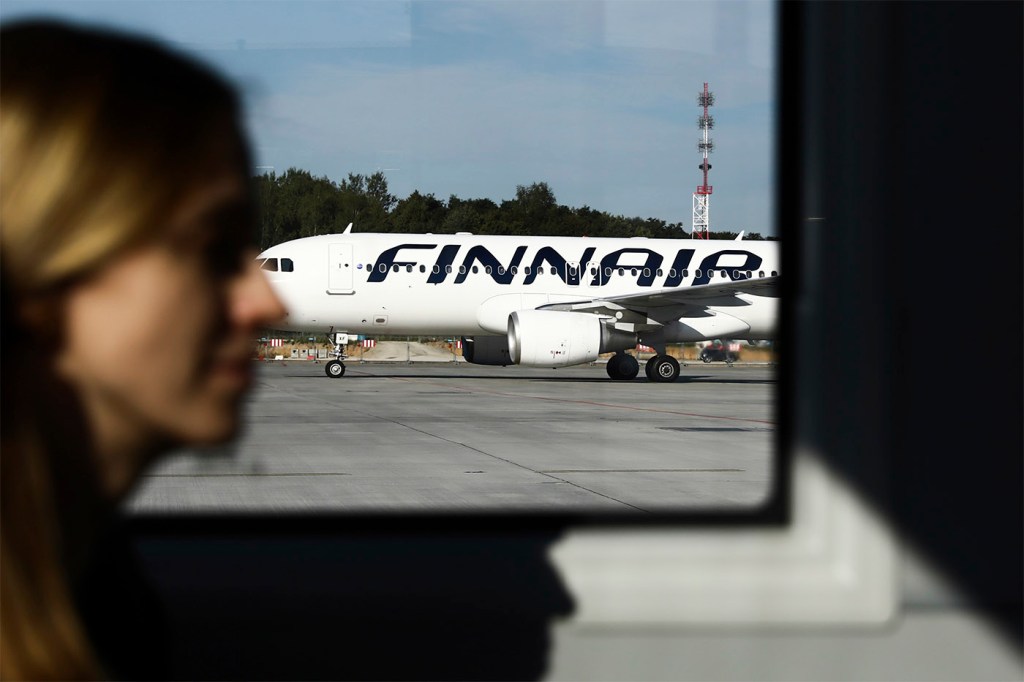Why is Finnish airline Finnair weighing passengers? A mechanical engineer explains.
Finnish airline Finnair this week instituted a new voluntary policy whereby it is now weighing passengers. A Northeastern engineer says the move is a win for passenger safety.

Finnish airline Finnair this week instituted a new voluntary policy whereby it is now weighing passengers in addition to their luggage.
The airline said the change is meant to tune aircraft balance by offering more precise estimates of cargo weight prior to lift off.
Why is Finnair asking customers to step on the scale? Many airlines use industry averages in their own load estimations. But the Finnish airline has its own weighing program, and updates its passenger averages every couple of years or so, according to CNN.
Mohammad E. Taslim, professor of mechanical and industrial engineering at Northeastern, says determining an aircraft’s estimated weight is most critical prior to takeoff, “when the plane’s total weight is maximum.”

“[The] weight then gradually decreases as the plane flies towards its destination because of the continuous use of the fuel,” Taslim says.
He says airline dispatchers can calculate the weight of an aircraft using a fairly straightforward formula: you take the weight of the plane itself, then add its payload, which includes the aircraft’s fuel, passengers, baggage and cargo. Any meals or liquids on board are part of the overall calculus.
So too is the distribution of all of the above within the plane itself. On commercial flights, it’s not uncommon for flight crew to ask passengers at the front of the rear of an aircraft to move seats. That’s because airlines balance their weight around a center of gravity, much like how a seesaw functions.
Taslim suggests that some airlines have the capacity to determine their aircrafts’ weights with some degree of exactness.
“Planes do have an electronic scale that weighs them before takeoff, but I suppose by adding up the passengers’ and luggage weights, airlines get a more accurate measure of the total weight,” he says. “I have heard of cases where part of the cargo was unloaded to be flown later.”
The weight and balance of an airplane is critical to passenger safety; but more fundamentally, those calculations are how it is able to defy gravity to begin with.
Featured Posts
“The total weight of the plane is an important piece of information because it must be less than the lift force created by the wings when it is flying,” Taslim says.
“The lift force for each plane design flying at a given altitude is accurately known,” he adds. “Therefore, airlines must be careful not to exceed the total allowable weight.”
Finnair isn’t the only airline with its own weighing program. Korean Air asked its passengers to step on the scale last year; ditto Air New Zealand.
Finnair officials said the weigh-in program has been well-recieved by its customers.
“Our customers have taken it really positively so far,” an airline spokesperson said this week. “We’ve been quite surprised by people wanting to take part.”
By Thursday, apparently 800 passengers had consented to be weighed by the airline. Taslim adds that he doesn’t view the new policy as unreasonable “given that it increases passenger safety.”











